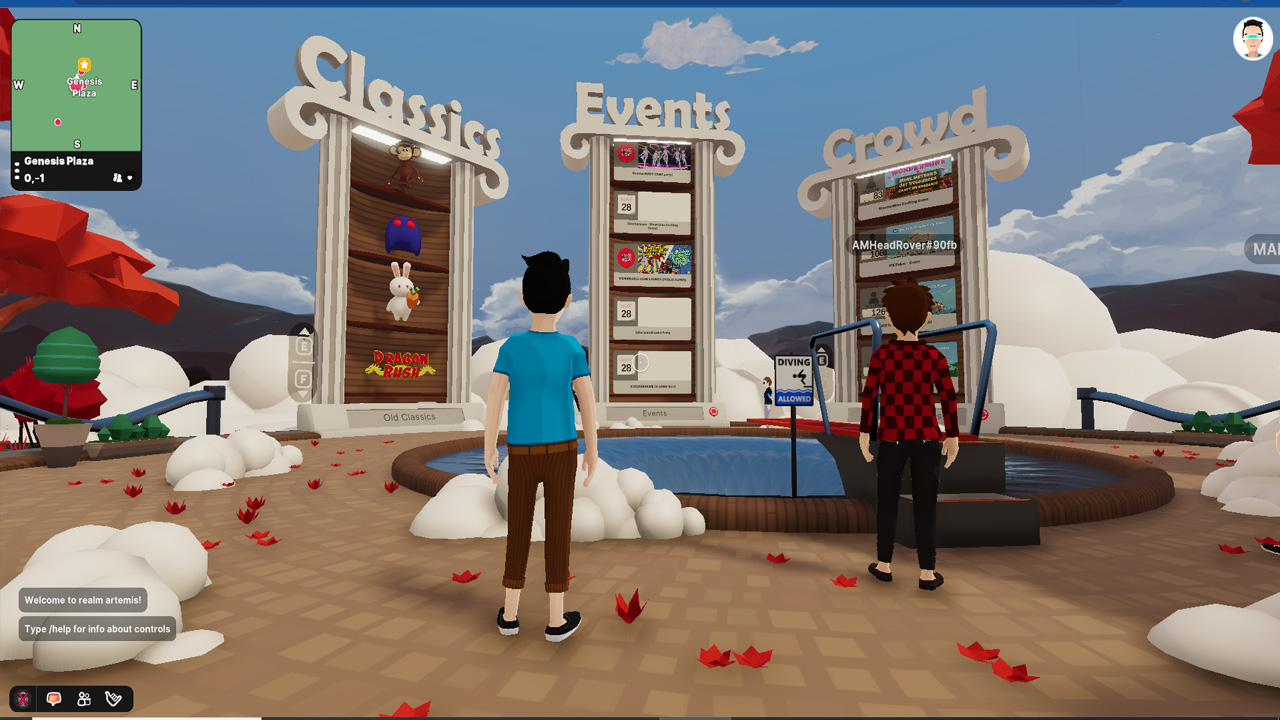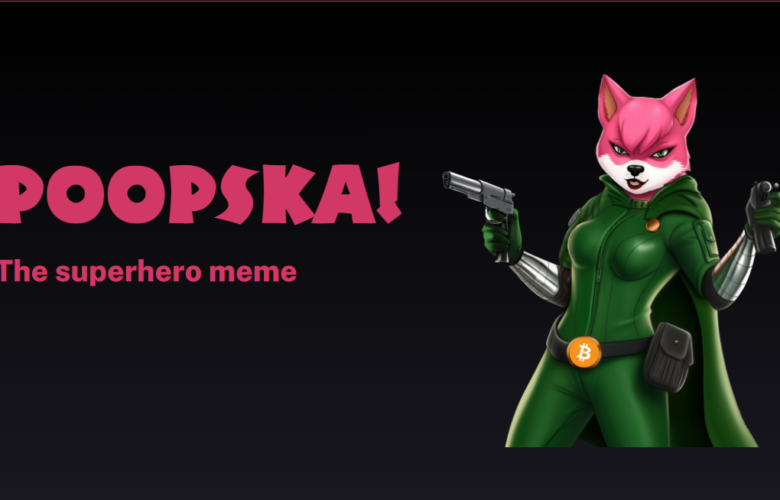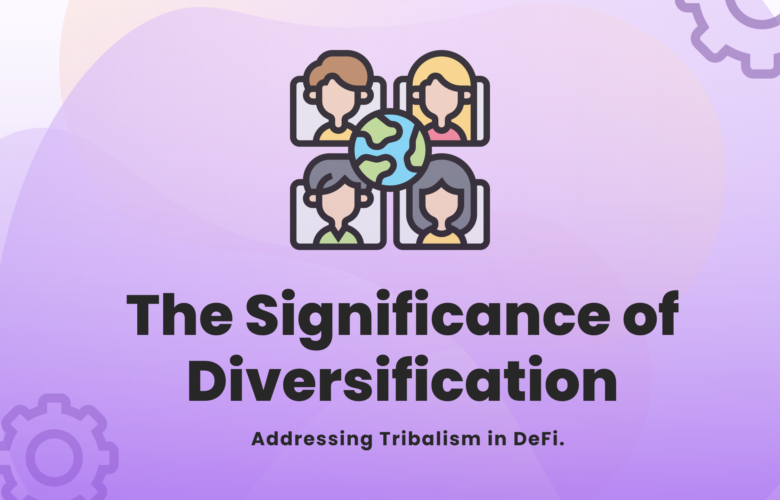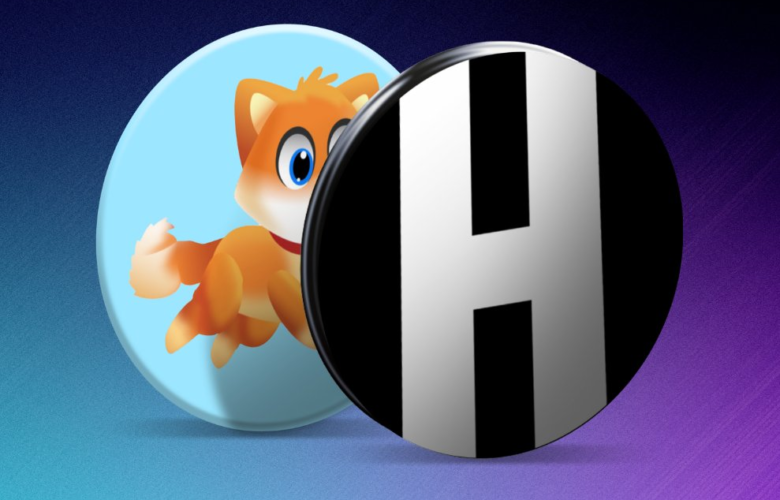Decentraland is an Ethereum-based project aimed at encouraging a global network of people to manage a shared virtual world.
Users of Decentraland can sell or purchase real estate (digital) while discovering, engaging, and playing games in this VR world. Because of the platform’s growth, users may now use interactive apps, in-world payments, and peer-to-peer chat.
Operations in Decentraland are regulated by two types of tokens.
Those are the following:
- LAND — A NFT that is being used to define the digital real estate land parcels’ ownership.
- In Decentraland, MANA is a crypto that can be used to purchase LAND and other virtual goods and services.
Decentraland software changes can be made through a network of blockchain-based smart contacts that let MANA owners vote on policy changes, land auctions, and new development incentives.
Who is the creator of Decentraland?
Esteban Ordano and Ariel Meilich formed the Decentraland Foundation in 2015, which is important for the creation of the Decentraland software.
In 2017, the Decentraland team performed an ICO to raise 86,206 ether (approximately $26 million at the time) to support its future operations. The Foundation, which owns 20% of the initial token supply, is also in charge of intellectual property and the Decentraland website.
Decentraland established a decentralized autonomous organization (DAO) to hand over project control to its users before releasing its platform. The original team also says that the secret key that controlled Decentraland’s smart contract was lost.
What is Decentraland and how does it work?
The Decentraland system is used to keep track of real estate assets that are defined by the LAND token.
Users must retain the MANA token in an Ether wallet in order to engage with the program’s ecosystem, which employs the Ethereum blockchain to track ownership of this digital land.
Developers are also allowed to test with Decentraland’s platform by modifying the interactivity and animation that users see on their virtual assets.
The architecture
Decentraland’s architecture is made up of many-layered components that were created using the smart contracts from Ethereum.
A ledger at the consensus layer maintains track of the ownership of the land parcel. A digital world coordinate, a connection, and an owner to a description file that specifies the data within the parcel are all included in each LAND parcel.
The following files make up the content layer, which is responsible for what happens inside every single parcel:
- The content files include references to all static audio and visuals.
- Script files define where and how relevant material is displayed and acts.
- Peer-to-peer interactions like gestures, voice chat, and texting are examples of interactions.
- Lastly, via user avatars, the real-time layer supports social exchanges inside Decentraland, including video calls and messaging.
Builder and Marketplace
A drag-and-drop and a marketplace editor have also been built by the Decentraland team for users to use outside of the game area to generate settings.
Members can also use the marketplace to manage and exchange MANA-valued LAND tokens. The marketplace allows owners to purchase, sell, and trade parcels or other in-game items such as wearables and unique names.
It’s important to remember that all transactions between Ethereum wallets are validated by the Ethereum network and recorded on the blockchain.
Owners can use Decentraland’s building tools to create a personal experience within their LAND assets. Developers can use its editing tool to access modification libraries and payment implementations, allowing them to design interactive situations.
Why is MANA so valuable?
MANA is an important aspect of Decentraland’s virtual environment, and it may be used to conduct transactions inside this ecosystem as well as engage in software maintenance.
Ownership of MANA, for instance, allows users to engage with other users, customize their avatars, and explore the metaverse on this platform.
Users who own MANA may also vote on policy modifications, LAND auctions, and subsidies to help enhance the site.
When LAND is auctioned, the MANA tokens that were used to buy the parcels are burned or withdrawn from circulation, resulting in a deflationary supply of MANA. As the platform expands with more users, this might put a lot of pressure on the token’s value.
Why should you adopt MANA?
Decentraland may appeal to users as a personalized and sharing virtual reality world.
Gamers who are interested to make some real in-game money that can be exchanged for real-world goods and services may find the Decentraland ecosystem interesting.
If you are a strong VR believer and have the power to engage users all over the world, you should consider adding MANA to your portfolio.
Link: https://decentraland.org/




 Bitcoin
Bitcoin  Ethereum
Ethereum  Tether
Tether  Solana
Solana  XRP
XRP  Dogecoin
Dogecoin  USDC
USDC  Lido Staked Ether
Lido Staked Ether  Cardano
Cardano